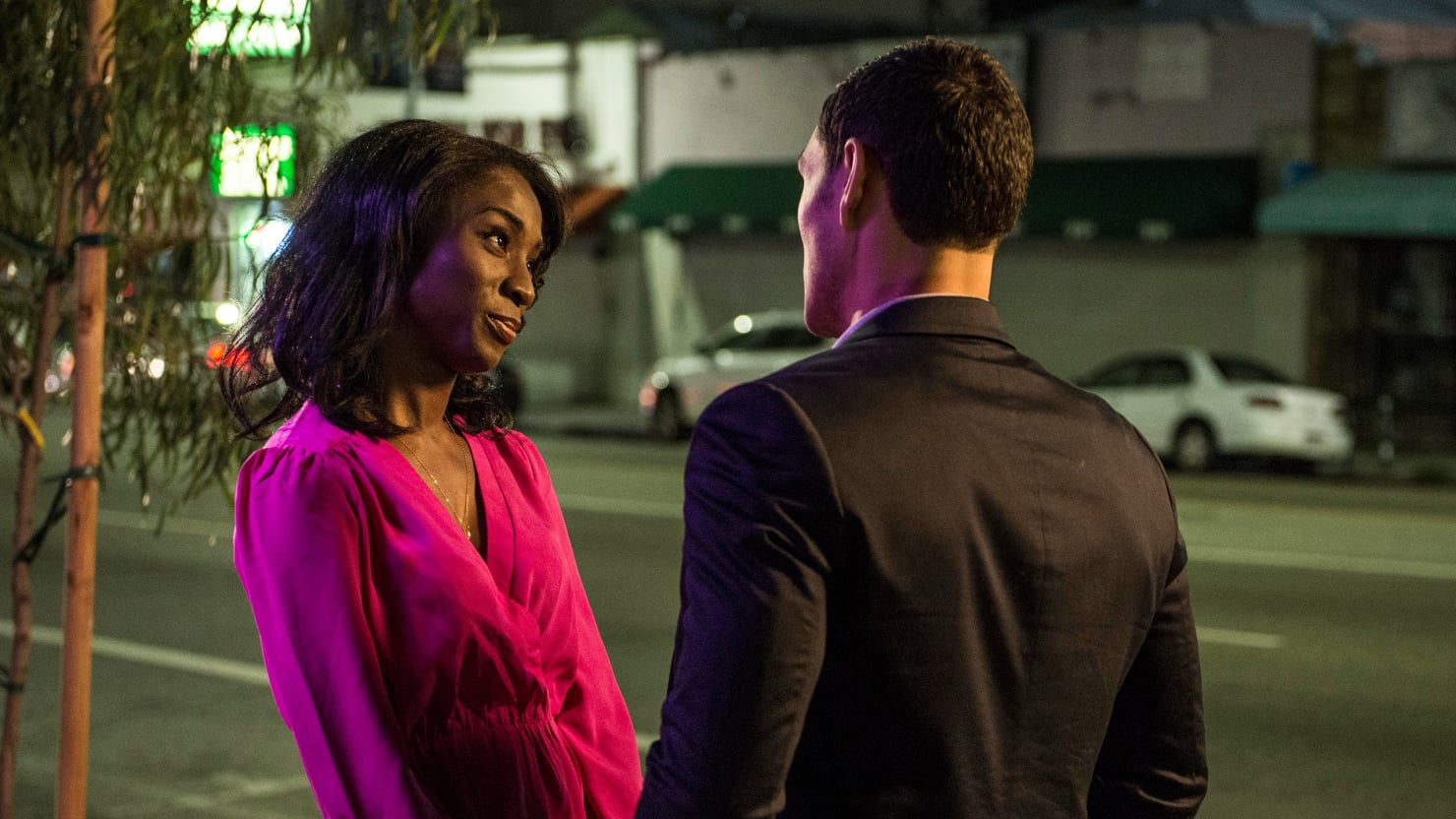In response to immense and intense backlash, Scarlett Johansson recently withdrew her participation from a movie about Dante “Tex” Gill, a trans businessman in the 1970s. “Our cultural understanding of transgender people continues to advance, and I’ve learned a lot from the community since making my first statement about my casting and realize it was insensitive,” she recently said in a statement.
Johansson is right; the current “cultural understanding” of the transcommunity is certainly continuing to advance, although it is eons behind where it should be. Cultural understanding should have prevented Johansson from accepting the role in the first place. It should have been able to dissuade the production company from offering Johansson the part. Cultural understanding should have also interrupted the casting of Matt Bomer as a transwoman in “Anything,” which will be released later this year.
https://twitter.com/MsJamieClayton/status/1014355850159259649?ref_src=twsrc%5Etfw%7Ctwcamp%5Etweetembed%7Ctwterm%5E1014355850159259649&ref_url=https%3A%2F%2Fvariety.com%2F2018%2Ffilm%2Fnews%2Ftrace-lysette-scarlett-johansson-1202865406%2F
In response to Bomer’s casting, director of GLAAD’s Transgender Media Program Nick Adams wrote, “It’s yet another painful reminder that, in the eyes of so many people, transgender women are really just men. That message is toxic and dangerous.”
Upon Johansson’s withdrawal, trans activist, actor, writer, and producer Jen Richards tweeted that she’d take “Scarlett Johansson at her word.”
https://twitter.com/SmartAssJen/status/1017839270118060032
https://twitter.com/SmartAssJen/status/1017841120640765952
Richards has taken matters into her own hands along with actor and writer Laura Zak to create “Her Story,” a show that focuses on the dating lives of trans and queer women. “Her Story” spotlights predominantly LGBTQ+ women, both on and off-screen. The show’s first season was nominated for an Emmy and is available for free on YouTube.
Beyond the impressive performances Richards and Zak, who serve as co–writers and co–executive producers, “Her Story” is extraordinarily well written. It is honest, yet subtle in its goals. The show portrays the lives of trans women as they take chances on love, though there’s an educational aspect interwoven into the first season’s plot.
Allie, played by Laura Zak, notices Vi, played by Jen Richards, at a bar Vi works at. Allie is a journalist for a publication called GAY LA and she’s interested in interviewing Vi as part of a story she’s writing on transwomen in her community. In addition, “Her Story” also features Paige, played by Angelica Ross. Paige is wrestling with when, if and how she will reveal to the man she is dating that she is trans.
The audience learns alongside Allie as she navigates how to approach the topic of Vi’s transgender identity. “What is a polite way to ask what someone is?” she asks, fumbling with her words. Vi is a generous and informative guide. Seeing their relationship develop is heartwarming, and it teaches Allie (and the audience) about being a transwoman in the 2010s.
The learning curve that Allie experiences is only one example of one of “Her Story’s” greatest strengths: its ability to shine a spotlight on power of a story well-told. After watching “Her Story,” I felt much more informed and in-tune with the modern transgender experience. Obviously, there is much more to learn, and not everyone’s experiences are the same, but the show is a loveable crash-course. “Her Story” exemplifies the importance of telling, and listening, to the experiences of others.
The show tells the stories of both trans and cis women and explains their experiences to those who may not be suffering in the same ways. “Her Story” allows those who are not trans individuals to have an inside look on what being trans is like, and allows trans people to be represented on screen. With regards to the trans community, “Her Story” offers an opportunity for collective consciousness.
That collective consciousness is reinforced by the show’s universality. It features Vi, a transwoman who doesn’t “like, do activism or anything,” and reminds watchers that not all transgender people want, or need, to fulfill any sort of obligation to be the face of the entire transgender community. It’s exhausting to have to constantly explain and justify one’s existence. Characters Vi and Paige don’t spend their all their time speaking publicly about their identities. They are normal people, living their lives, as they should be able to do.
“Her Story” also focuses on the widespread breadth of the transgender experience and volume of the actual community. When Allie confesses that Vi is the first transgender person that she’s met, Vi replies she’s the first “that you know of.” Still unbeknownst to many, transgender people are integrated into their communities as valid members of society. Just because their trans identities are not always exposed or noticed does not mean they don’t exist. The transgender community did not emerge from the woodwork after Caitlyn Jenner announced her identity.
The show also highlights the discretion with which many transgender people operate. Moreover, “Her Story” reiterates that, unfortunately, that discretion is the result of the oppression that trans individuals face in society. Some transfolk are still worried about putting their lives, jobs, and families in jeopardy when revealing their trans identities. “Her Story” explains that trans people worry about being outed and the potential public reaction to who they are. On top of that, Vi explains that transwomen specifically grapple with the perceived validity of their femininity as well.
The shared struggles of Vi, a transwoman, and Allie, a queer, ciswoman further exemplify the show’s universality. In realizing their attraction to each other, both women are thrown for a loop concerning their sexual identities and preferences.
Allie faces backlash from her close-minded, queer friends when they explain that she cannot be a lesbian if she is at all with a transwoman. On the other hand, Vi asks, “Do you think that me liking a woman makes me less of one?”
In this way, “Her Story” explains, in part, facets of the transgender experience via the queer, cisgender female experience. The lens with which the show tells Vi’s story is fascinating. Its angle is unique and beneficial to explaining yet another truth: trans people are not always accepted by those on the LGBQ+ spectrum.
Above all, “Her Story” resonates universally because one of its biggest themes is self-definition. Vi is simultaneously defining herself as a transwoman and as a continuously evolving human being as she solidifies and explores her wants, needs, hopes, and dreams. She is like everyone else, except for the fact that she lives in a world that limits her access to her goals.
The limited existence imposed on Vi and Paige are well encapsulated by a marvelous one-liner from Paige in the season finale: just because trans identity is new territory for many doesn’t make it any less old to those who have been living it their whole lives.
The audience develops in tandem with Allie as she realizes that her worldview has suffered from her lack of experience with transgender people. As she says in the show’s fourth episode, “Like too many people, I thought my tacit acceptance of the reality of the transpeople was sufficient.”
“Our great disservice is not only to those we’ve excluded, but to ourselves,” she continues. “Our world is less rich without their stories … It’s less that the world has changed for transpeople, and simply that we are seeing them as people.”
I don’t know about you, but I can’t wait for Season 2.

















